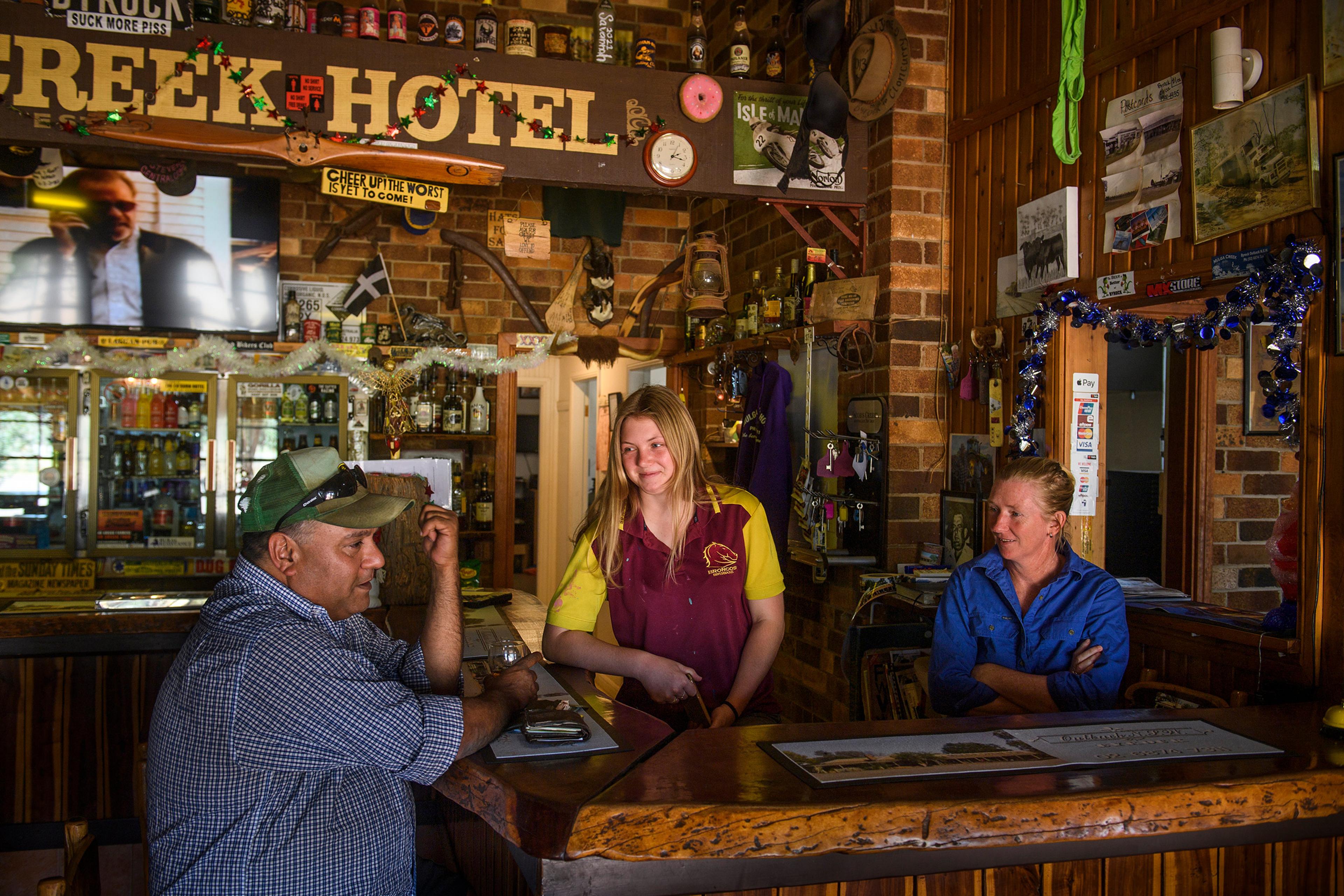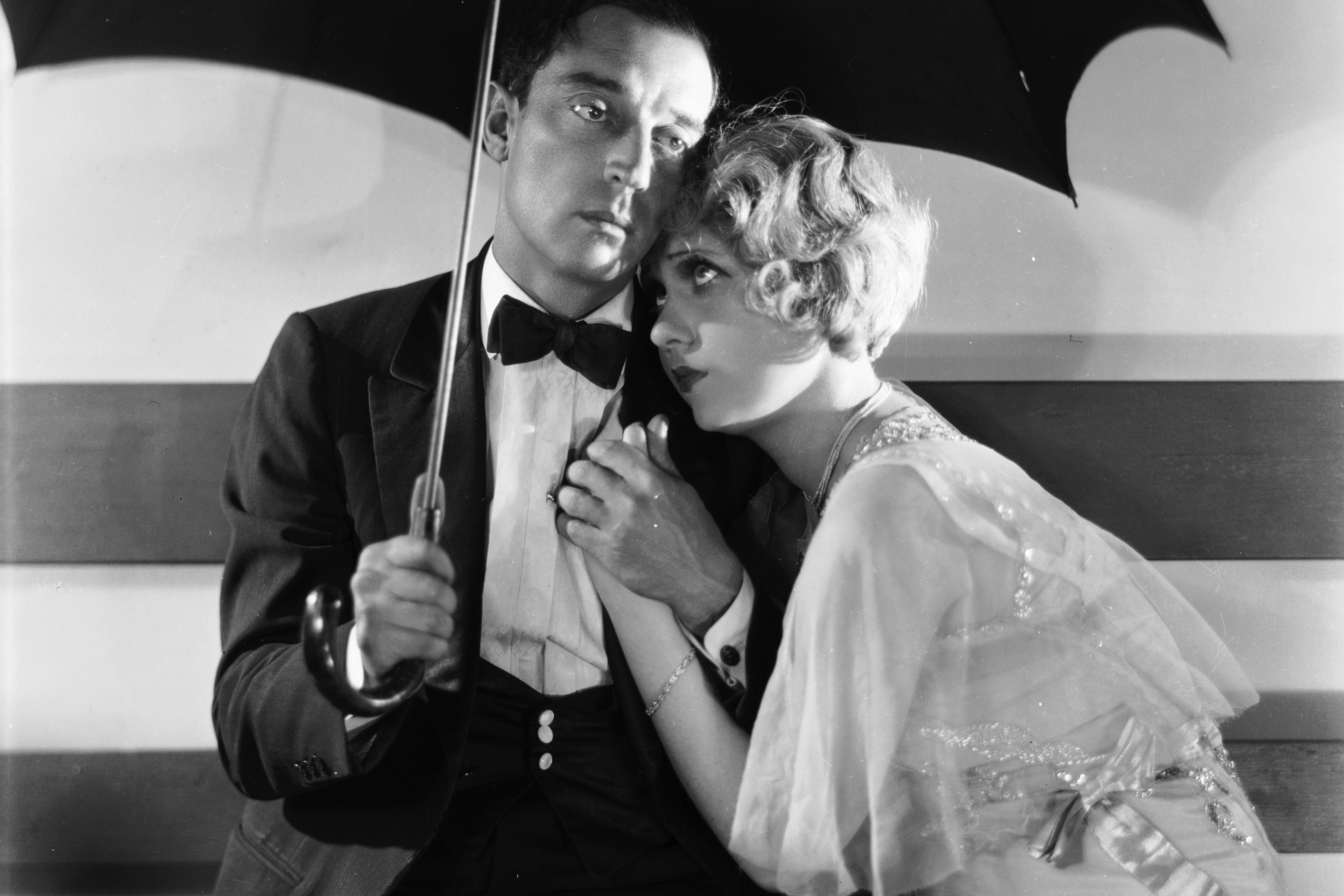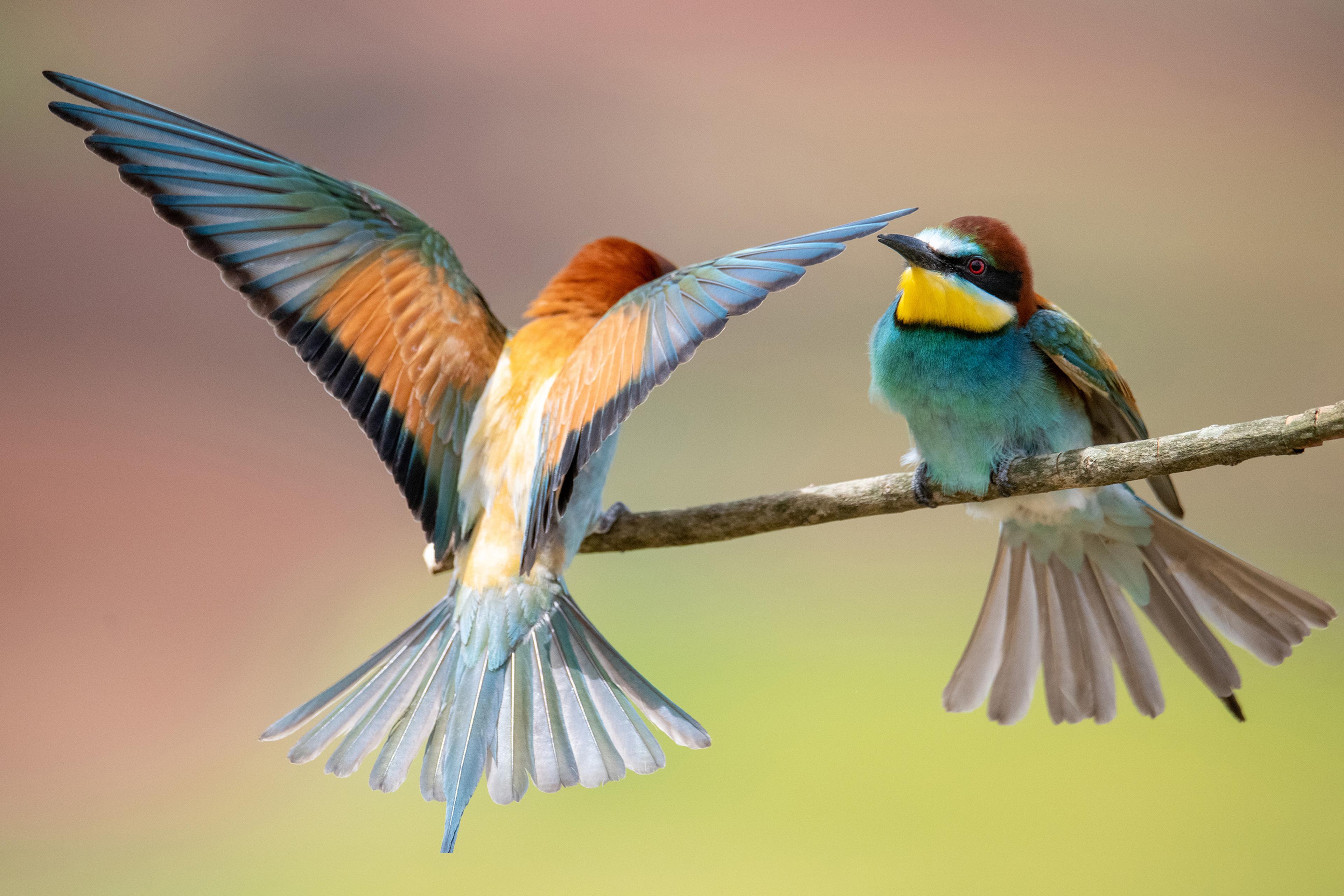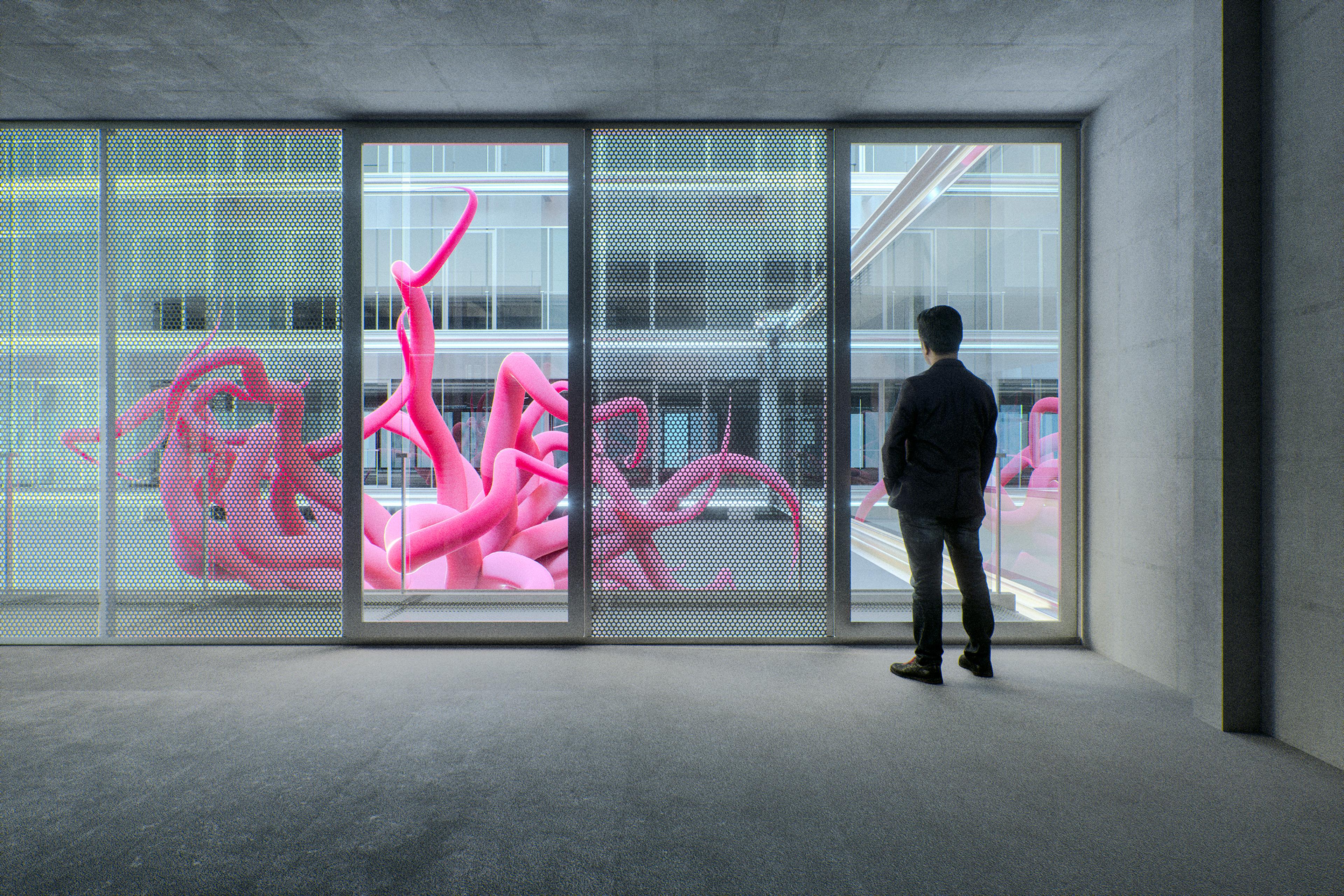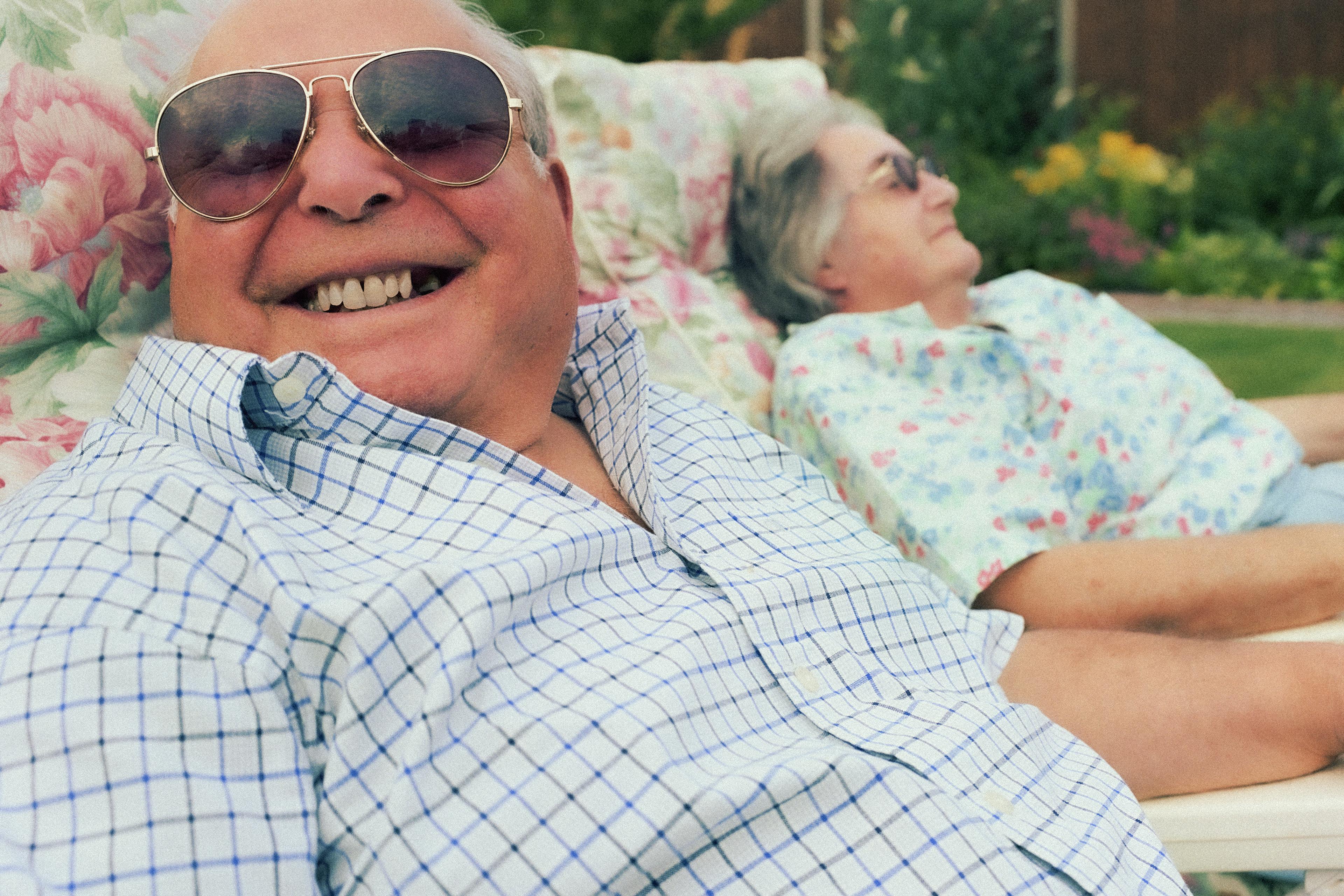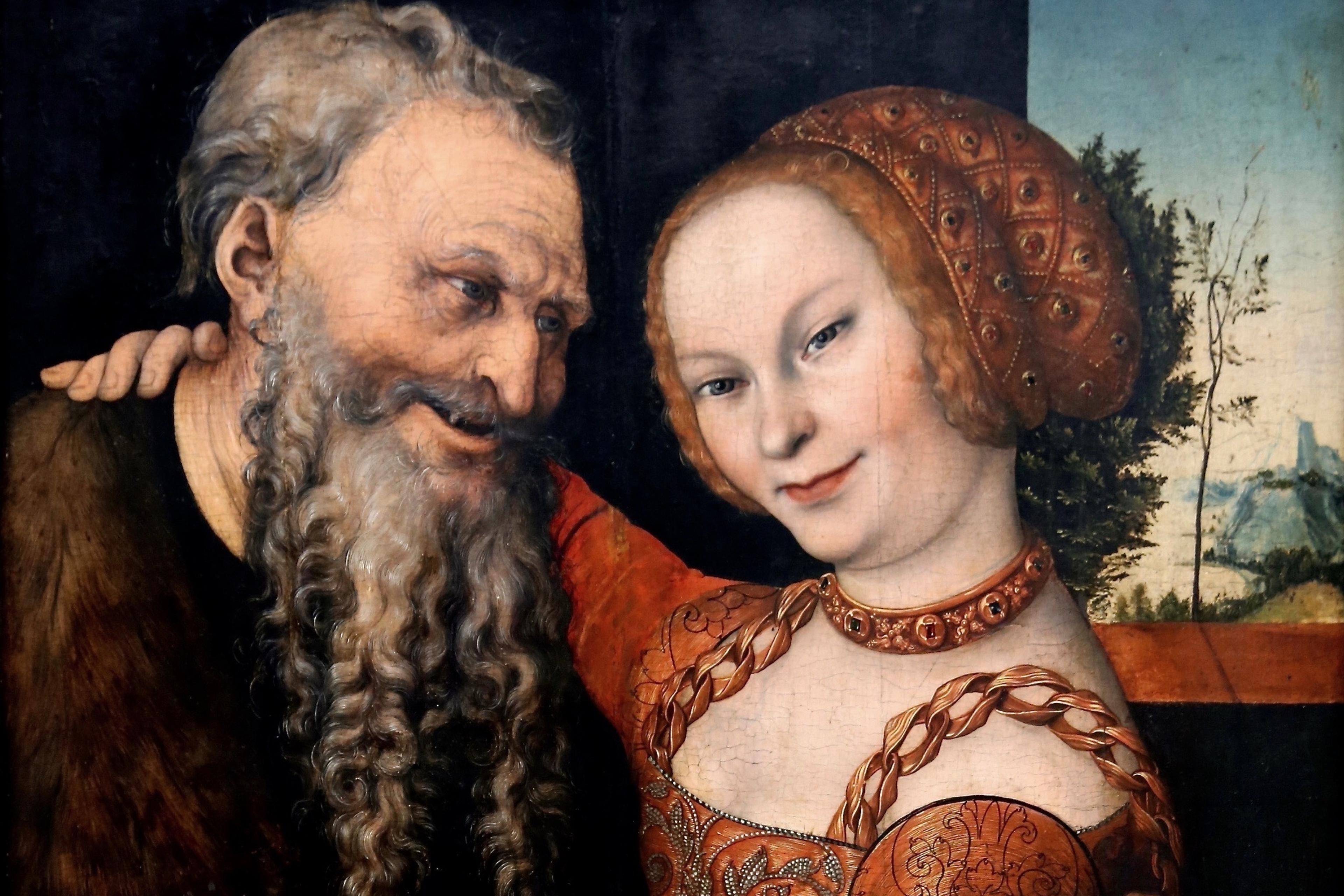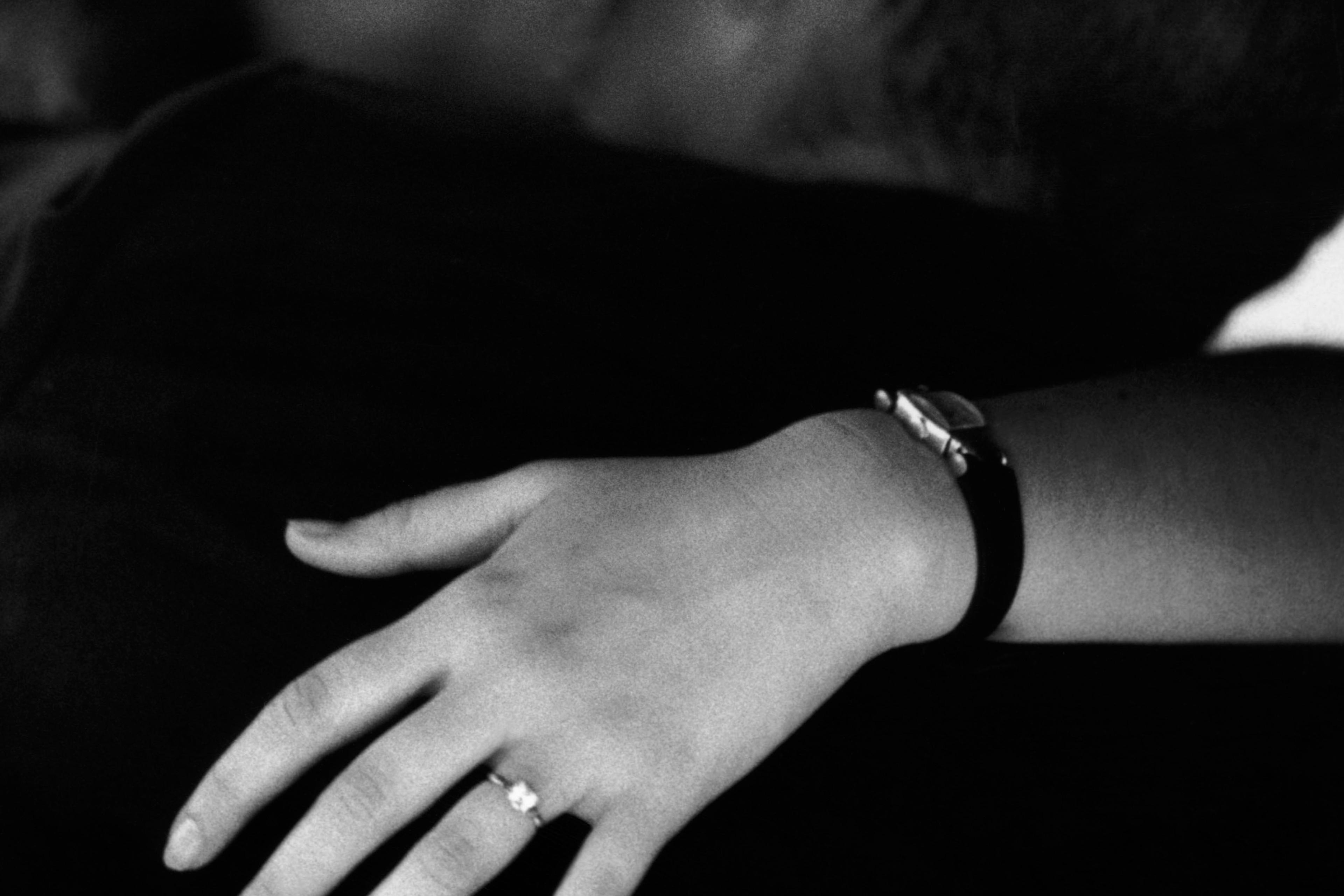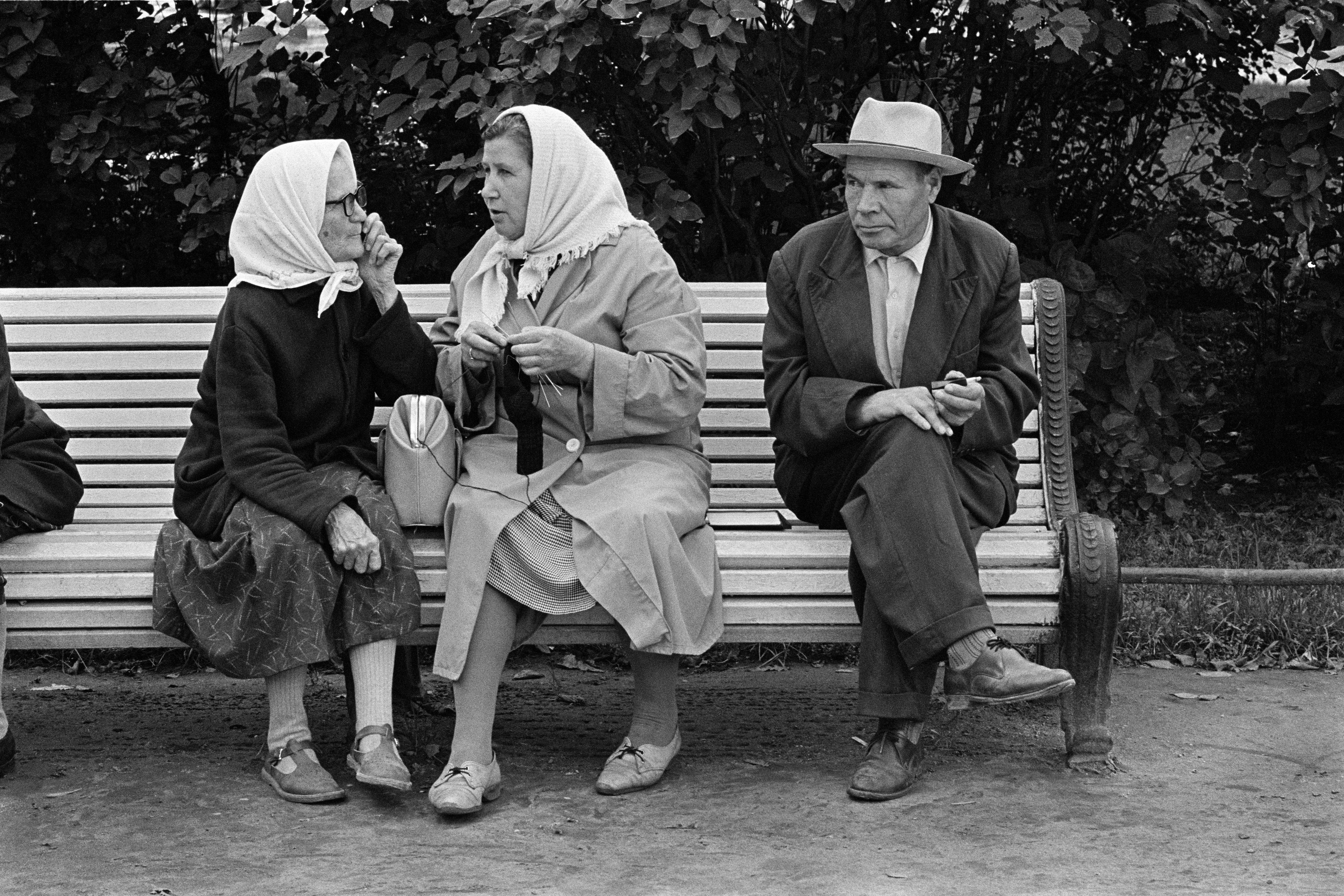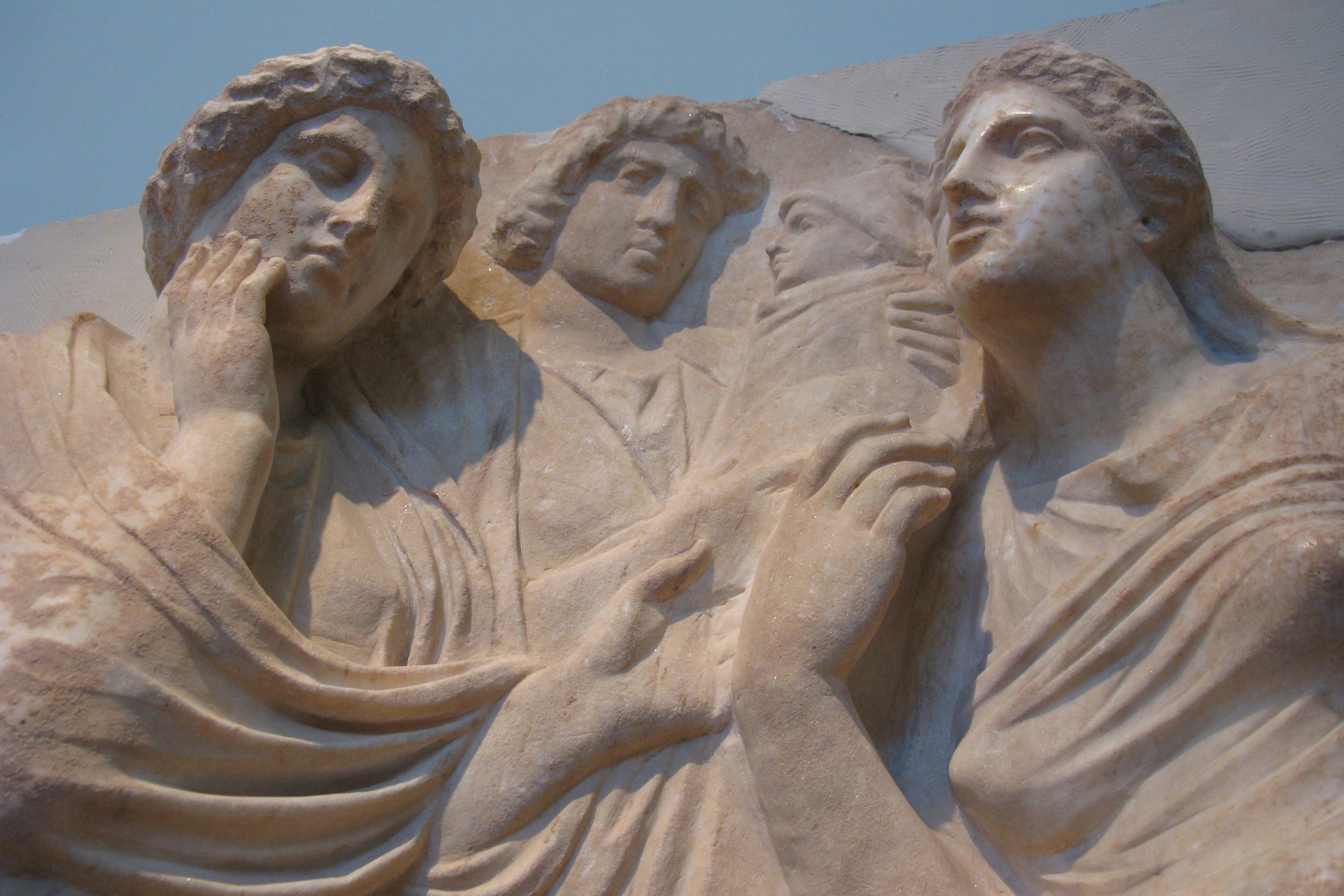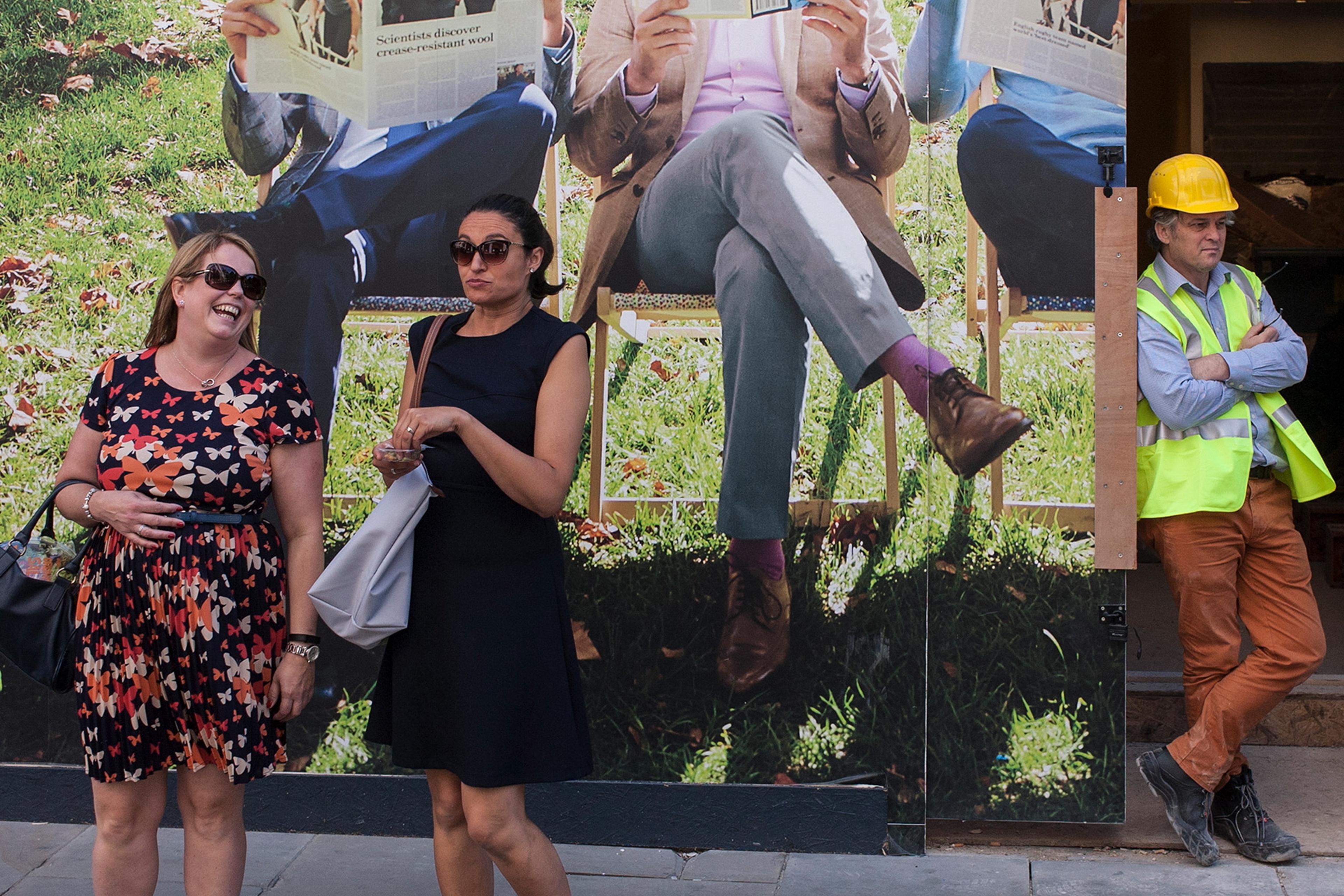Let’s think about the various sorts of people we have some relationship with. I’ll start: there’s my wife, brother, parents, other family members, friends, coworkers. But there are also former coworkers, my doctor, the people I talk to only on social media, the owner of the vegan café…
Taking stock of my social life, I could sort these into crude groups such as ‘family’, ‘friends’ or ‘business’. But relationships are complicated, and there are surely more revealing ways to compare and contrast them. Much as personality models like the Big Five offer a distilled language for describing individuals – slightly introverted, highly conscientious, etc – a model for relationships might be useful for thinking and talking about the shades of difference.
So I was intrigued to read about a proposed ‘unified framework’ for capturing how people see relationships. Researchers asked people from 19 world regions to rate the features of various types of relationships, ranging from siblings to leader and follower to fans of opposing sports teams. They found that relationships could be described in terms of five main dimensions:
- Formality: roughly, how formal and public a relationship is vs informal and private;
- Activeness: how close and involved vs distant;
- Valence: how friendly vs hostile;
- Exchange: how much it involves trading concrete resources like money vs intangible things like affection; and
- Equality: how equal each person’s power is in the relationship.
While the researchers say this model is ‘far from conclusive’, it does give scientists – and the rest of us – a new lens for considering our relationships and what they mean to us. Was the local bartender with whom I chatted about TV and movies for years a ‘friend’? Maybe, maybe not. But relationship traits like formality and exchange help me think about why there seemed to be more to it than ‘business’.
